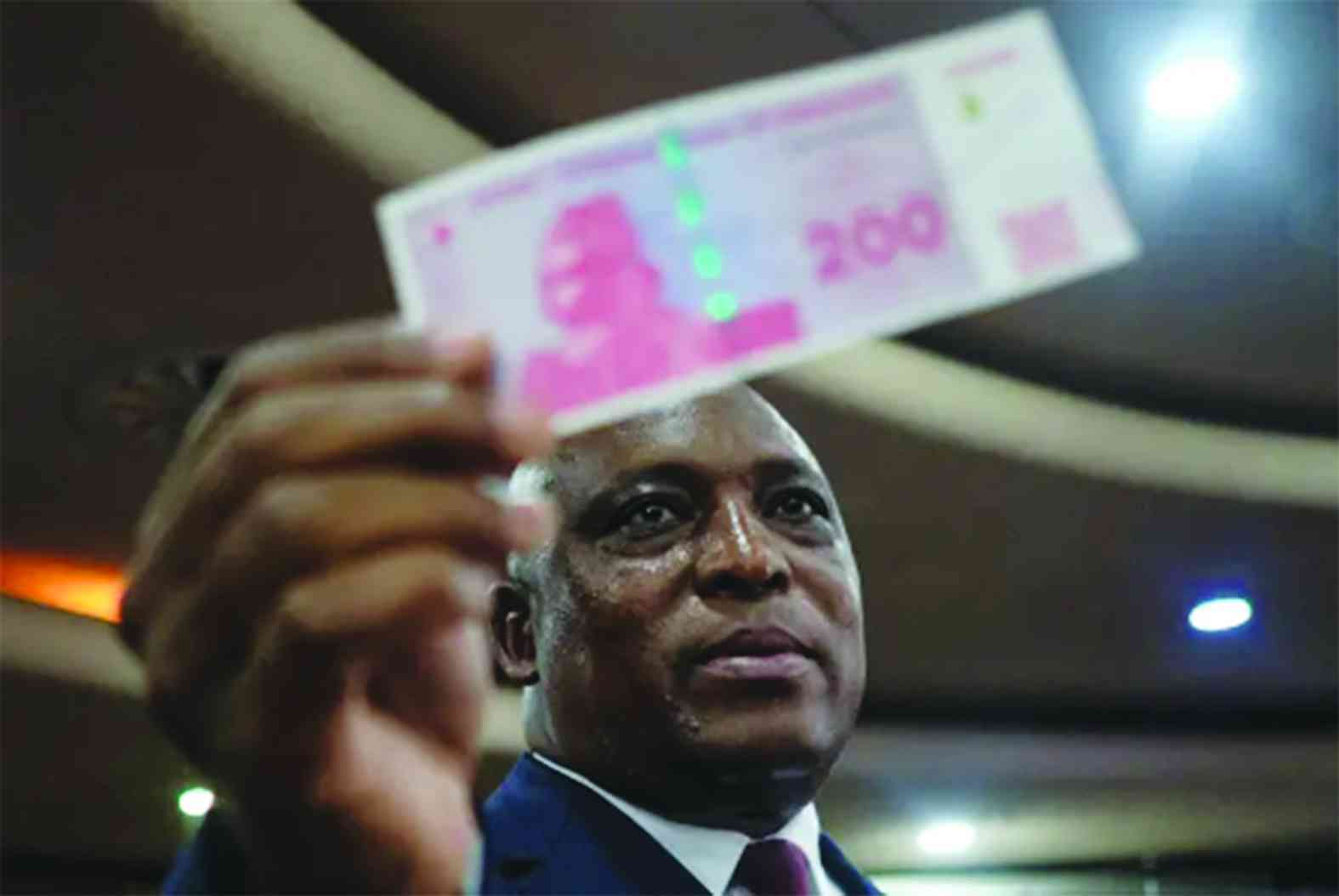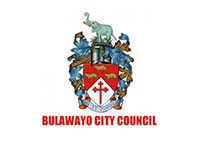
THE need for new infrastructural investments is enormous, not just in developing countries, but even in undeveloped countries. Infrastructural facilities are either non-existent or aging and in need of climate change-induced renovations. The former is largely a feature of developing countries relative to developed countries.
According to the United Nations Conference on Trade and Development, the share of population living in developing countries has increased from 66% to 83% since the 1950s. The United Nation Population Fund states that, presently, Zimbabwe, for example, has a population of over 16 million. During the 1980s, the country’s population was slightly over seven million. Essentially, the population has since doubled.
This is the main reason why the stock of infrastructure can no longer support sustainable development outcomes. Water and sanitation systems are strained, road networks cannot cope with the traffic density. Congestion is an everyday drill that motorists endure daily to and from work.
Despite the need for fresh investments in infrastructure, African governments are resource constrained. Relying on State funding alone cannot suffice to bridge the infrastructural financing gap in Zimbabwe. The Government of Zimbabwe subscribes to the view that infrastructural sectors should be opened to public private partnerships (PPPs). In fact, the sustainable development goals (SDGs) agenda recommends partnerships for development to incorporate other stakeholders beyond just government and private infrastructural companies. SDG 17, in particular, “recognises multi-stakeholder partnerships as important vehicles for mobilising and sharing knowledge, expertise, technologies and financial resources to support the achievement of the sustainable development goals in all countries, particularly developing countries”.
Much like China and South Africa, the Government of Zimbabwe is encouraging private investment in infrastructural sectors previously closed to private investors for either social or political reasons: The water and sanitation sector being a classical example.
The 2021 PPP communication by the Zimbabwe Investment Development Authority confirms the government’s invitation to private partners to develop and finance water infrastructure in Zimbabwe. Moreso, in 2015, the water financing conference further confirmed the need for PPP financing in the sector.
Even though investors have high appetite for risk, unlike gamblers, they prefer to assume calculated and measured finance risk positions to optimise potential returns from investment. PPP infrastructural investments, despite the potential for handsome returns are highly risky. The risk universe in PPP infrastructural investments is broad. Determinant risk factors in PPP investment framework include legal, political, institutional, credit and of cause currency risk among other forms of risk classifications. Analysing currency risk perspectives and PPP financing in Zimbabwe is justified at this juncture given that, having changed currencies numerous other times in the past, the newly-appointed governor of the Reserve Bank of Zimbabwe has introduced the ZiG currency.
Structural changes of this magnitude cause portfolio adjustments with investors taking positions based on the risk outlook. In the context of project finance, currency changes or the likelihood thereof is a key consideration that would-be PPP investors factor in prior to closing a project deal. This is a rational investor behaviour given that infrastructural investments are characterised by high sunk cost, and long payback periods. For this reason and others, infrastructural investments tend to suit institutional investors with strong balance sheets in comparison to retail investors.
- Mavhunga puts DeMbare into Chibuku quarterfinals
- Bulls to charge into Zimbabwe gold stocks
- Ndiraya concerned as goals dry up
- Letters: How solar power is transforming African farms
Keep Reading
Currency risk can take many forms. At the very basic, currency risk emanates from exchange rate volatility where a currency appreciates or depreciates relative to other currencies. Even though some financial market participants cash-in on the upside and downside currency movements, PPP investors in emerging and developing markets are known to have suffered heavy currency-related losses. The losses are explained by the fact that, in developing countries, PPP capital structures normally have a hard currency component. On the other hand, cashflow from the project is denominated in local currency which often is weak relative to hard currency. A liability mismatch is thus created which may result in heavy losses in the event of local currency depreciation or discontinuation.
The losses can be worse if the PPP deal is financed from non-recourse loans. A quick browse through of the World Bank private investment in infrastructure justifies the view that most PPP deals are closed in countries with stable non-volatile currencies.
Meanwhile, convertibility risk, is a variant of currency risk that PPP financiers face in developing countries. Currency convertibility risk arise in situations where PPP investors, both domestic and international have no confidence in the local currency and hence for risk aversion reasons seek to exchange local currency denominated revenues for hard currency. Achieving this risk management strategy may not be easy especially under a repressive monetary management system that tend to curtail free capital mobility.
The government can promulgate policies that prohibit or even criminalise swapping the soft local currency returns for hard currency. The third aspect of currency risk pertains to international repatriation of investment returns.
Conceptually, transfer risk is distinct from convertibility risk but in practice the two are rather similar. Due to the observation that governments that have restricted convertibility have also tended to limit transfer. Transfer risk emanates from the fact that a PPP investor may be prohibited from repatriating foreign currency out of the country. In principle, the Zida Act of 2019 does not prohibit the foreign repatriation of PPP returns. Given the administrative management of foreign exchange transactions in Zimbabwe, how the situation is in practice is an empirical question that needs confirmation from Zimbabwe’s PPP actors.
Conversion risk is highly problematic in Zimbabwe’s project finance landscape having been cited by some analysts as contributory to the demise of the preceding currency to the ZiG. Contractors, upon receiving the local currency component either as advance payments or for the project works done are said to have then swapped the Zimdollars for hard currency through informal channels. Will the ZiG survive convertibility pressures? Only time will tell.
However, based on precedence, without prudential monetary and fiscal management the ZiG may not have a surviving chance.
Having elaborated on the anatomy of currency risk, the pertinent question yet to be answered, is who should bear currency risk in PPP project structures?
Unless clarity is provided by the government, convincing private players to take up PPP stake will be very difficult given that over the recent past, it is the sixth time that Zimbabwe has changed currency. Best practices in project risk management are premised on the idea that risk factors should be allocated to the party that either controls it or is better positioned to manage the risk at minimal cost.
The reason why currency risk is a perennial problem for project developers is evidence to the fact that it is not always easy to pin-point where this risk factor should be situated in a project structure. A PPP project has three distinct stakeholders: Government, investors and the final consumer.
Arguments and counter arguments have been presented regarding who among the three can be better positioned to manage currency risk. Some have the view that investors should bear currency risk in PPP financing.
This notion is anchored on the perspective that investors, mainly multi-national investors have sophisticated project teams competent to hedge currency risk through the financial market mechanism. Moreso, multinational infrastructural investors can diversify project currency risk through holding assets denominated in different currencies. These arguments hold true if PPP projects are situated in developed markets with dip financial markets that offer a wide range of risk management securities.
However, liquid derivative markets hardly exist in emerging and developing African financial markets hence, managing currency risk through the market mechanism may not be effective. It is also observed in development finance discourse that very few infrastructural funds have capacity to hold a wide range of assets that neutralise currency risk in infrastructural portfolios.
Besides, if private investors assume currency risk, the expectation is that return on the asset will be commensurate with the level of risk assumed. Which in some cases may imply that services rendered through PPP projects may price out a greater constituency of the population whose incomes are often low.
In the meantime, investors counter-argue that the government is better positioned to assume currency risk since it is perfectly informed regarding future policy intentions and the ability to use fiscal and monetary instruments to influence economic aggregates. Assuming everything else is constant, the government should thus be highly transparent and consistent about policy for the investment comfort of PPP financiers. Nonetheless, this may not be a complete solution given that not only internal macro and micro factors influences government’s policy positions. Uncertainty remains with policy position that changes in administration may bring about as well as policies that governments may adopt in response to external factors.
As opposed to government, others have proposed that consumers bear currency risk in PPP project finance. Firstly, proponents of this line of thinking holds that, in case of a road transport project, for instance, the consumers are many and diversified and hence the currency risk can be spread broadly over many consumers with none suffering heavily in the process. Secondly, for sustainability reasons, consumers are expected to absorb the full cost of supplying the infrastructural facility including the foreign exchange costs. Full cost-plus pricing mechanism is argued to result in positive demand and supply side responses such as reducing consumption or substitution whichever may apply. This argument assumes scenarios where substitutes exist.
However, this is not the case in Zimbabwe and other developing African countries. Without careful consideration, pricing of PPP infrastructural services can suffer resistance which may ultimately stifle project cashflows. The South African urban tolling system, for example, is a case in point. In any case alternative types of supply are not always perfect substitutes.
It is clear from the arguments presented above that no conclusive propositions can be presented regarding a single group of stakeholders to entirely bear currency risk. Given elevated currency risk profile Zimbabwe has, having changed currencies many times in the recent past in the interest of unlocking private financing of PPP projects in Zimbabwe, it is time that over and above the introduction of the ZiG, the government should prioritise the development of PPP risk allocation framework to complement the country’s PPP legislation. PPP investors will require clarity on the subject if they are to consider Zimbabwe a worthwhile investment destination.
A multi-stakeholder engagement is key to develop the PPP currency risk management framework that is marketable and acceptable from the viewpoint of international and domestic investors. Project finance experts, international development partners, academia, the government, diaspora communities, the civic society and other stakeholders should engage to develop the PPP risk management framework that will contribute to bridging the infrastructural financing gap in Zimbabwe.
- Rutendo Kureya is a medical student at Saint Petersburg State Paediatric Medical University. She writes here in her personal capacity.










